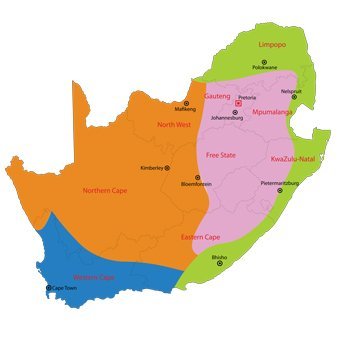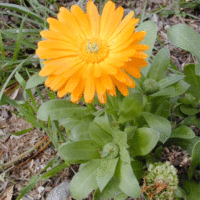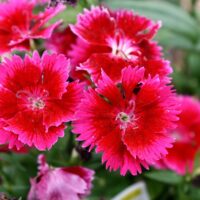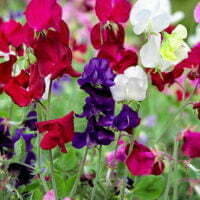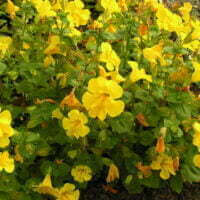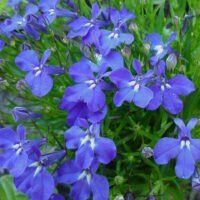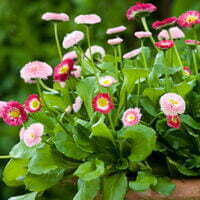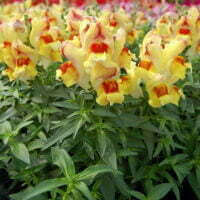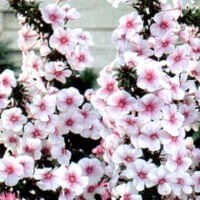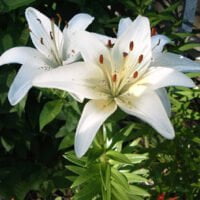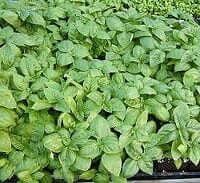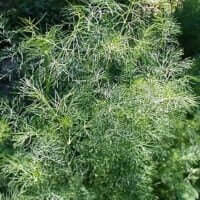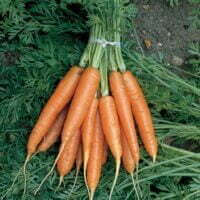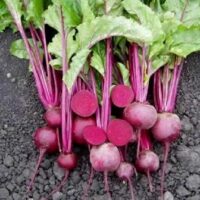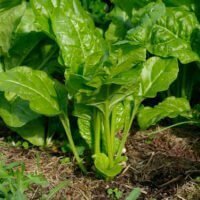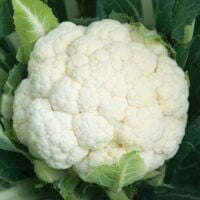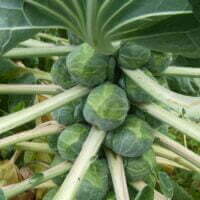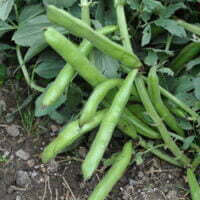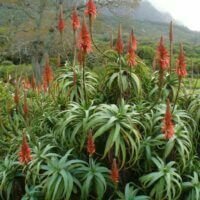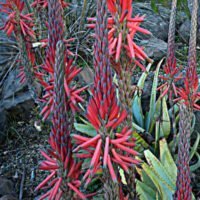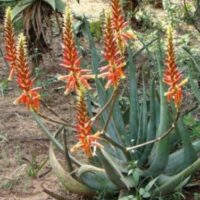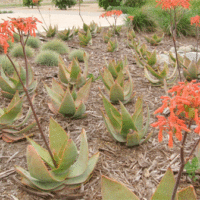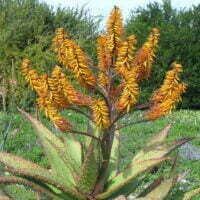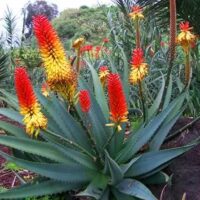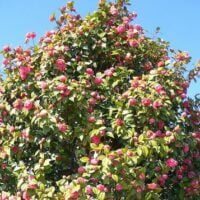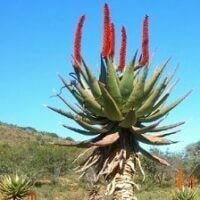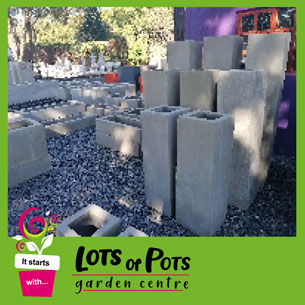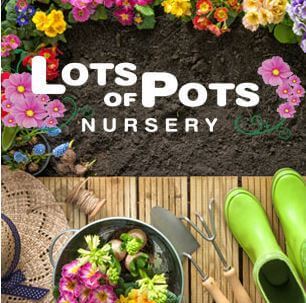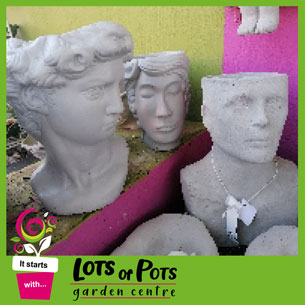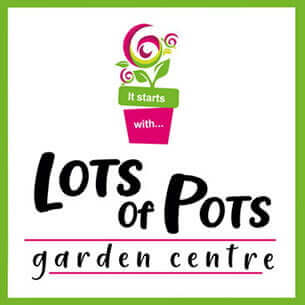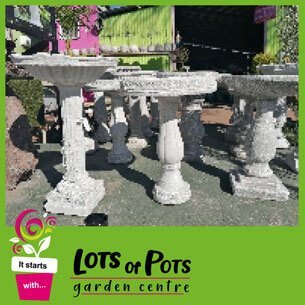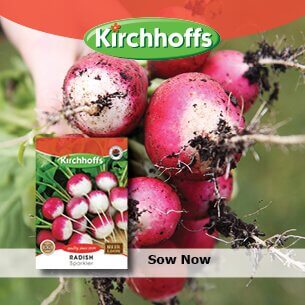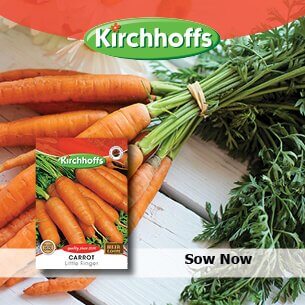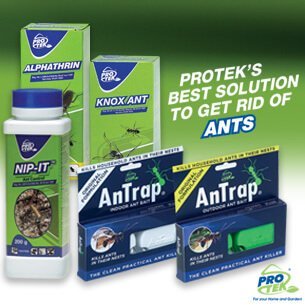What to do in your garden during June
Winter is officially here and the streets are lined with naked trees as the sunbeams directly into the eyes of South Africans making their way to work in the morning. June brings the coldest temperatures and the shortest days, but there is still no reason not to enjoy the fresh outdoors and the sunny mornings in the garden.
Follow these tips and pointers to help your garden look its best this June.
Plant and Sow
Annuals
Plant these seedlings out from trays:
-
 Calendula officinalis (Pot marigold)
Calendula officinalis (Pot marigold) -
 Tagetes erecta (Marigold, african marigold)
Tagetes erecta (Marigold, african marigold) -
 Dianthus (Carnation, Pink)
Dianthus (Carnation, Pink) -
 Lathyrus odoratus (Sweet pea,)
Lathyrus odoratus (Sweet pea,) -
 Mimulus species (Monkey flower)
Mimulus species (Monkey flower) -
 Malcolmia maritima (Virginian stock)
Malcolmia maritima (Virginian stock) -
 Lobelia erinus (Edging lobelia)
Lobelia erinus (Edging lobelia) -
 Celosia argentea (Celosia, cock’s comb)
Celosia argentea (Celosia, cock’s comb) -
 Bellis perennis (English daisy, lawn daisy)
Bellis perennis (English daisy, lawn daisy) -
 Antirrhinum majus (Snapdragon)
Antirrhinum majus (Snapdragon) -
 Phlox maculata (Meadow phlox)
Phlox maculata (Meadow phlox)
Great Ideas:
- For a great display during winter and spring plant up containers around the patio and entrances with lobelia and petunia seedlings.
- Sweet peas: There is still some time to plant sweet peas. For the best germination results remember to soak the seeds in water overnight before sowing. Sow the seeds 2.5 cm deep and pinch out the growing tips when the seedlings reach a height of 10-15 cm. this not only encourages branching and bushier growth but eventually leads to more flowers. Remember to erect a suitable support structure for these babies to cling onto.
- Namaqualand Daisy, Dimorphotheca aurantiaca can be sown throughout the country.
Bulbs to plant during June:
Keep your eyes open around the garden centres, nurseries and home improvement stores for a selection of bulbs available for purchase during June.
Great tips:
As bulbs come up, keep them well watered and feed once a fortnight with a general fertilizer.
Herbs and vegetables to plant in June
In frost free areas, June is a good time to plant herbs like:
These vegetable seedlings can be planted out in open soil during June.
-
 Allium cepa (Onions)
Allium cepa (Onions) -
 Apium graveolens (Celery)
Apium graveolens (Celery) -
 Daucus carota (Carrots)
Daucus carota (Carrots) -
 Brassica oleracea var. capitata (Cabbages)
Brassica oleracea var. capitata (Cabbages) -
 Brassica campestris var. rapa (Turnips)
Brassica campestris var. rapa (Turnips) -
 Allium porrum (Leeks)
Allium porrum (Leeks) -
 Beta vulgaris var. esculenta (Beetroot)
Beta vulgaris var. esculenta (Beetroot) -
 Spinacia oleracea (Spinach)
Spinacia oleracea (Spinach) -
 Brassica oleracea var. botrytis (Cauliflower)
Brassica oleracea var. botrytis (Cauliflower) -
 Brassica oleracea var. gemmifera (Brussels sprouts)
Brassica oleracea var. gemmifera (Brussels sprouts) -
 Vicia faba (Beans (broad))
Vicia faba (Beans (broad))
Permanent crops to plant now in the vegetable garden during June.
Great Ideas:
- In areas where frost is not a problem, tomatoes can be planted as well.
- Parsnips, lettuce and peas can be planted now.
- Continue sowing salad crops, remember to sow in regular successions to ensure they mature in accordance with harvesting requirements.
Trees, Shrubs and Perennials to plant in June
Plant these shrubs now for some winter colour:
Large shrubs and trees to plant in June:
Remember these prefer slightly more acidic soil.
Great ideas:
Various Aloes and flowering succulents are widely available this time of year. Why not add a few to your winter garden? They boast warm vibrant colours and attract all sorts of wildlife to the garden.
June is the month for planting trees and shrubs. Remember to dig large planting holes, mix in compost and a handful of bone meal and plenty water after planting.
What to do in the garden during June
Prune, Propagate and Pamper
Prune
- Hydrangeas should be pruned now to promote a show in the season to come. Remove dead and diseased materials, remove the flowering stems to about 30cm above the soil, but make sure to keep 2 healthy buds beneath each cut. In areas with severe leave this chore for next month.
- Lagerstroemia or pride of India can be cut back by a third, once again remove old tacky growth and excessively woody stems.
- The first buds on poppies, pansies, and antirrhinums should be pinched off to promote a bushier and stronger plant and encourage more aggressive flowering.
- Cut back, neaten and clean out hedges. Remember to add offcuts to the compost heap.
Start pruning fruit trees and vines towards the end of the month and spray with lime sulphur.
Propagate
- Gather seed from the herb garden to be sown during late autumn and early spring.
- Make cuttings of Azaleas, Fuchsias, Hibiscus, Camellias and Impatiens.
- Tip and semi-hardwood cuttings can be made from the spring growth of Rhododendrons (Azalias) and Camellias.
Pamper
- Start preparing for winter protection in areas where heavy frosts are experienced.
- Mulch plants to protect the roots from frost. If you didn’t make use of mulch during the hotter months,
you have no excuse now as mulching will prevent the
soil from losing moisture on hot days in the warmer regions. Mulch will also help with protection on cold frosty nights in the colder regions and serve a dual purpose for our more temperate regions! In case you needed yet another reason to get stuck in, mulch is also great for suppressing weed growth. - Water all trees well once a month during dry weather and trim any branches that have been broken.
Feed and Fertilize
- Reduce feeding throughout the garden during June and the cooler months ahead.
- Feed winter-flowering annuals every 14 days with a water-soluble fertilizer like Nitrosol or Multifeed.
- Keep your spring-flowering bulbs moist at all times and feed them with bulb food for best results.
Pests and Diseases
- Generally, there are fewer pests in the garden this time of year, Aphids, however, tend not to be put off by the cold, spray them with a strong jet of water or treat severe infestations with a suitable pesticide.
- Only spray where necessary to keep the garden free of pests. – There are a number of organic products and remedies available.
Lawn
- Mow the lawn if needed and water once a month.
- The lawn no longer requires feeding.
- Raise the lawnmower blades to protect the roots from sunburn.
Weeds
- Most weeds should start to die down this time of year, but if necessary follow the advice beneath.
- Remove weeds from the lawn by applying a broad-leaf weed-killer, weeds in the garden bed are best removed by hand before they flower and set seed.
- Minimise weeds by applying mulch and weed guard or landscape fabric and refrain from turning or “cultivating” the soil.
Watering
- Reduce the watering of indoor plants.
- As bulbs come up, keep them well watered.
- Water Pelargoniums, Cannas, Gladiolus and Dahlias well.
- Start watering Camellias well and mulch around but not against the stems.
- Water Strawberries, Mulberries, Guavas, Pawpaws, and Citrus well.
General Garden Maintenance
- Prepare empty beds for winter planting by mixing the soil with some bone meal and well-rotted compost.
- Remove fallen autumn leaves and dirt from lawns, driveways, paving’s, pools, fishponds and water features, but leave those which wall in the garden beds.
- Prepare trenches for planting asparagus.
- Clear gutters and drains and make sure the downpipes free of debris.
- Now is a good time to spend some attention on the maintenance of the hard landscaping in your garden.
- Benches, walkways edging, paving etc. must be repaired, sanded and varnished, cleaned, adjusted, relocated were necessary and so forth.
For more accurate garden maintenance tips in your climate visit this link and select the most suitable region.





